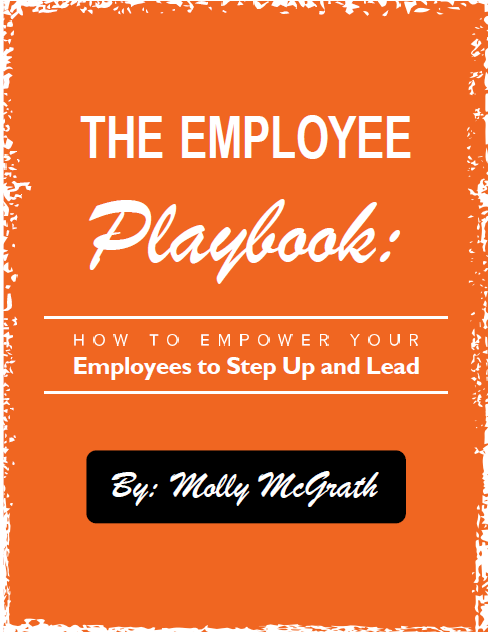Two Kinds of Suffering
“There are only 2 kinds of suffering – long term and short term…the difference in the outcome is the path you choose.”
When our coach and mentor Steve Riley shared this distinction in a coaching class you could have heard a PIN drop in a room of 77 attorneys – and that’s saying something!
This insight alone can powerfully change not only what your future looks like, but the pleasure or pain of your journey.
Reminding yourself of “long term vs. short term suffering” can single handedly get you “off of it” when you find yourself “on it” about a situation. Long term suffering is a choice and your mindset will determine whether your suffering remains a short term or a long term condition.
There are those who suffer real physical or psychological pain, and this blog certainly is not intended to diminish their condition. There is also a distinction between the usual and immediate short-term suffering (grief) following a catastrophic event in our life and unnecessary long-term suffering (self-inflicted useless torture). When a loved one dies, for example, the temporary suffering associated with our grief is a natural process. Additionally, natural short-term anxiety and fear may result from losing a job, your child being hurt by another, financial crisis or going through a divorce. Our instant short-term suffering is normal and actually serves a purpose as it empowers us to take action to eliminate the anxiety and fear.
Long term suffering is that continual suffering that is a pointless state of anxiety, fear and disappointment about some occurrence, condition or circumstance of our life. Those in a state of long term suffering typically take no action to resolve a situation; they just suffer endlessly over it.
Long term suffering is toxic and truly can be deadly for many. Deadly? Yes, deadly. We have seen business owners suffer for eight years over firing an employee that is COSTING them money and chasing off their quality staff! Or spend years suffering over if they should close their business because they have either lost the passion for it years ago or it is hanging on by a thread. We talk to employees that cannot stand their job or their coworkers and just “show up” and collect a paycheck. However, long term suffering does not just “stay” in the place you are suffering about – your job, community, marriage, etc. Wherever you go, there you are. Long term suffering in one area of your life will result in a diminished quality of your life in general and a loss of happiness, energy and productivity. Suffering will overwhelm you and make happiness seem unattainable.
Eliminating unnecessary long-term suffering is critical to achieve happiness, purpose and prosperity.
How to CHOOSE short term and stop the LONG Term Suffering:
1. Post It: Literally, it works like a charm. Type up and post the following statement over your computer, on your fridge, your car, wherever you will FACE it every day; “There are only 2 kinds of suffering, Long Term and Short Term…you choose.” This powerful little statement will lend a hand every time when you find yourself going down the path of senseless Long term torture.
2. Recognize the Red Flags: In that very moment when you find yourself hours, days or weeks later still mulling over the same thought inside your head “Well, Jenny is a great worker she just has a horrible attitude and never follows up with the clients, but you just need to take the good with the bad.” ok.….red flag #1 – you are on the route called LONG TERM suffering. You are beginning to “justify” the issue because you don’t want to “deal” with it. Dealing with it might be painful, but its short term pain, not long term suffering.
3. The Root of Matter: When you find yourself constantly going over the same issue, ask yourself WHY is this getting to me, again? Why does this keep showing up? Put pen to paper and write down what exactly it is about this matter, situation, or issue that keeps getting to you. If it is the suffering over firing an employee, closing of the business or leaving a marriage it all comes down to fear. We need to get to the ROOT of what about it is fearful and causing you to choose long term suffering over and over again.
4. Facts without Emotion: It is important to figure out WHAT emotions are showing up for you when you deal with the issue at hand. For example, if it comes to a closing a business after 15 years of trying to make it work but it has been on life support for the past 5 years what are the emotions tied to this? Is it looking like a failure to others, personal loss, frustration, anger, depression, hopelessness, feeling lost, your ego, etc.? OK! Whatever the emotions are is what they are. Just identify them, list them and be honest with yourself about what’s getting to you. Then move on and get to the facts. Maybe you are missing time with your kids and when you are with them you aren’t really present and in 6 years they will be off to college. Perhaps you haven’t taken a paycheck for a year, you work 60 hours a week plus weekends, or you have no drive, passion or desire to turn it around. Maybe you have no retirement savings but you still have 15 great working years left in you. Getting the emotions out of the way and facing facts allows you to think through possible solutions. “What if I took a job with that outfit down the street I can get my work/life balance again, start saving for retirement and start to feel fulfilled.” Or “What if I hire a coach to help me make sure my business decisions serve the personal life I want.” Or “What if I give myself one year to complete or transition all my personal injury cases and do estate planning full-time…and if I can’t make a profit in one year, I agree to stop the suffering and close this firm down.”
5. Pick a Path: In that moment you say, “Dang it….it is now up to me, what am I going to do about this situation” choose NOT to be a victim of your circumstance. In that very moment you have to choose long term or short term suffering. Decide to do something about it, even if that something is painful, to clear the way for a different future outcome or continue to revisit the issue next week, and the week after, and so on as you slowly lose your happiness and the people closest to you, be it your staff, your clients or your family.
Your playing small does not serve the world – Marianne Williamson
Just as important, it does not serve you.
To your future,
Molly and Laney

